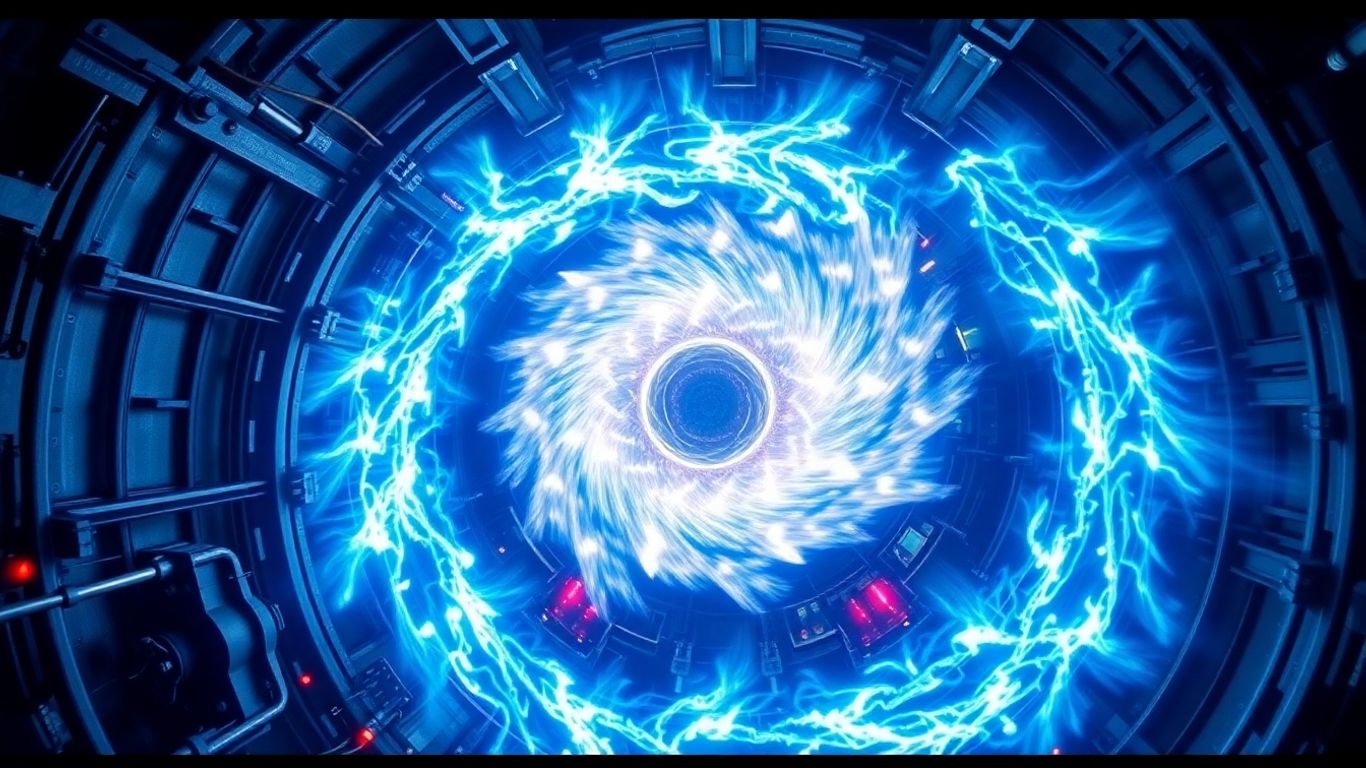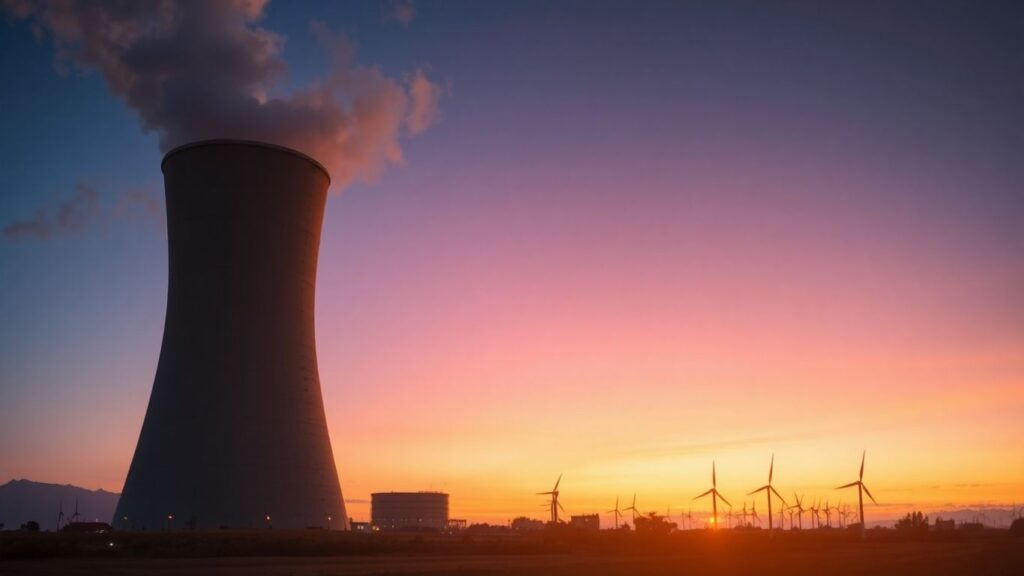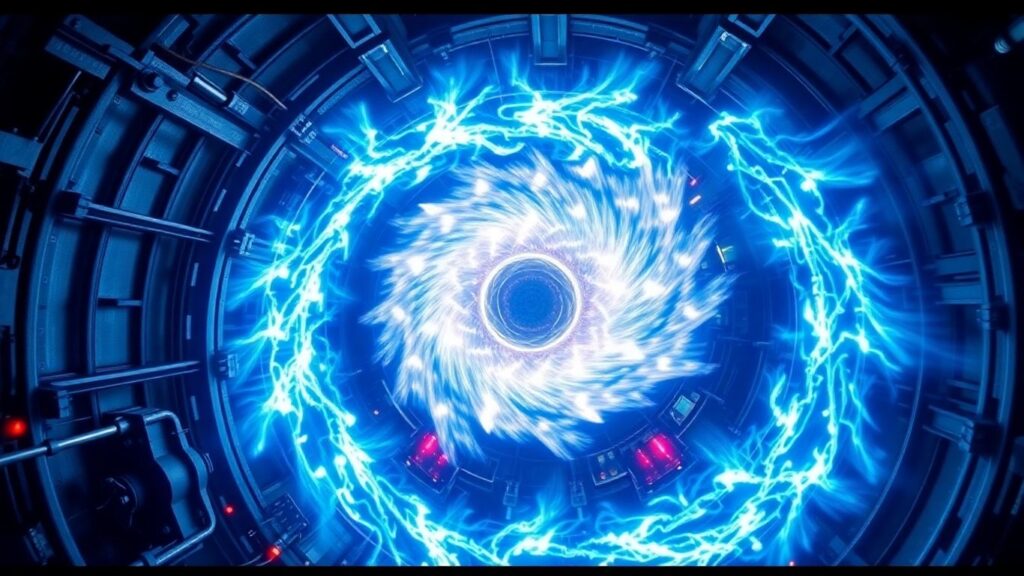Nuclear fusion, long a dream of science fiction, is rapidly moving toward reality thanks to significant advancements. Companies like Commonwealth Fusion Systems (CFS) are making tangible progress, utilizing innovative technologies like high-temperature superconducting magnets to contain superheated plasma. This leap forward promises a future of clean, virtually limitless energy, potentially reshaping global power dynamics and the fight against climate change.
Key Takeaways
- Commonwealth Fusion Systems (CFS) is a leader in the commercialization of nuclear fusion.
- High-temperature superconducting magnets are a critical innovation enabling fusion.
- Private investment and a focus on commercial speed are accelerating fusion development.
- Regulatory processes for fusion are being streamlined, making deployment easier.
- Fusion energy could have profound geopolitical and economic implications.
The Promise of Fusion Energy
For decades, nuclear fusion has been considered a distant prospect, often humorously referred to as being "20 years away." However, recent breakthroughs, including achieving net energy gain in fusion reactions, have reignited optimism. CFS, a prominent player in this field, is developing a tokamak, a donut-shaped device where deuterium and tritium are heated to extreme temperatures to fuse, releasing immense energy. The company’s key innovation lies in its powerful magnets, manufactured using high-temperature superconducting tape, which are essential for stabilizing the fusion reaction.
Accelerating Commercialization
Unlike previous government-led efforts, the current surge in fusion development is largely driven by private companies and investors. CFS has raised over $2 billion, more than any competitor, and aims to have fusion power on the grid by the early 2030s. This shift towards commercialization emphasizes speed and adaptability, with companies hiring from diverse fields and optimizing supply chains for readily available products. The SPARC facility, CFS’s pilot project, is slated to demonstrate net energy production by 2027, with plans for the first commercial power plant in Virginia.
Navigating Challenges and Geopolitics
While the potential of fusion is immense—offering cheap, clean, and abundant energy—significant challenges remain. The cost of electricity produced by fusion plants is still uncertain, though theoretical economics suggest favorable outcomes due to accessible fuel sources. Securing the billions in additional funding needed for large-scale projects is crucial. Furthermore, the rise of fusion could dramatically alter geopolitical landscapes, particularly with countries like China making substantial investments in the technology. Policymakers and industries must prepare for the disruptive potential of this new energy source, as existing infrastructure and regulatory frameworks may require significant adaptation.
A New Dawn for Energy?
The energy sector is undergoing a revolution, with increasing electricity demand and a push for cleaner sources. Fusion energy, once relegated to the realm of science fiction, now stands on the cusp of commercial viability. With streamlined regulatory processes and growing private investment, the prospect of fusion power plants contributing to the grid in the coming decade is becoming increasingly plausible, potentially ushering in an era of unprecedented energy abundance and sustainability.
Sources
- A Nuclear Fusion Breakthrough May Be Closer Than You Think, Time Magazine.












